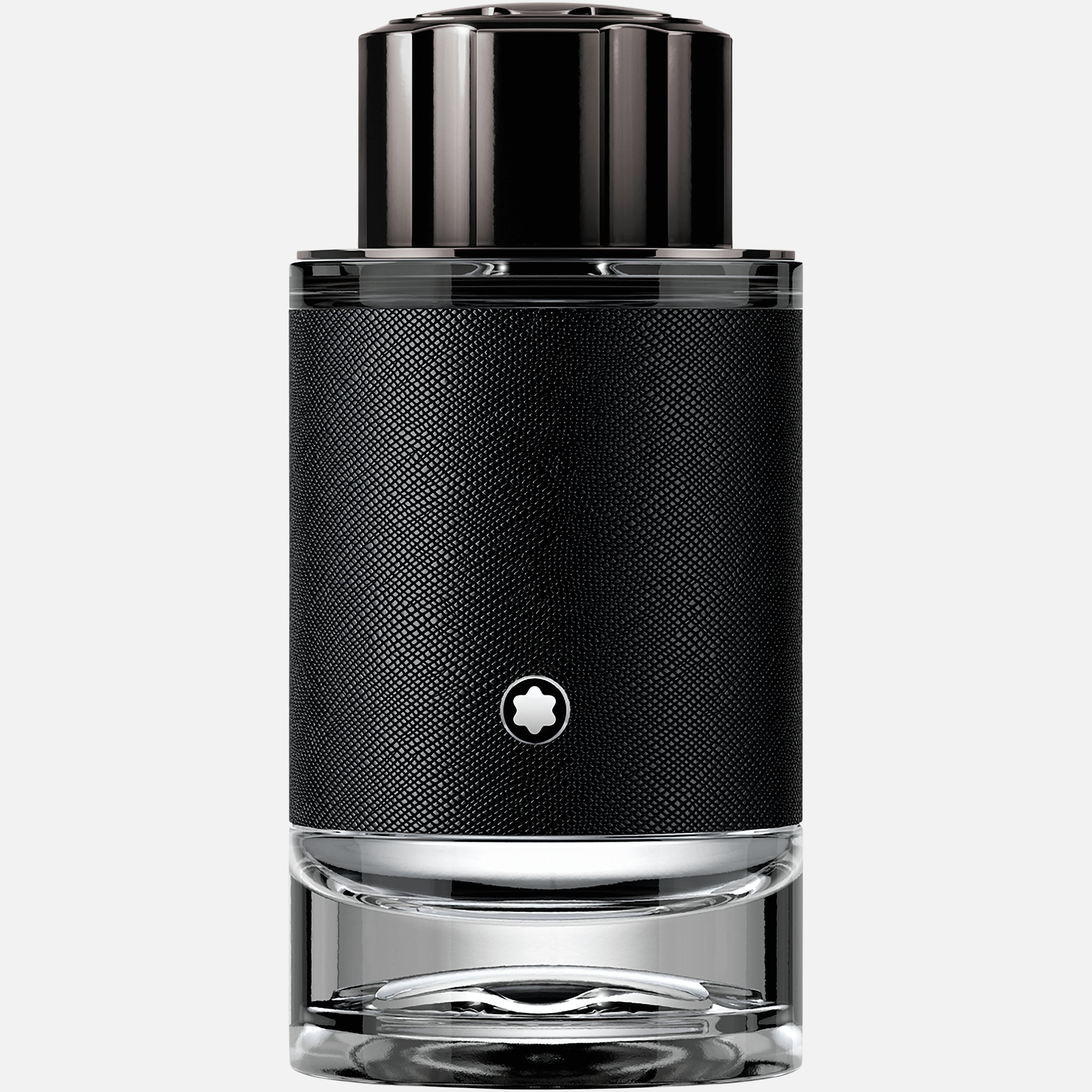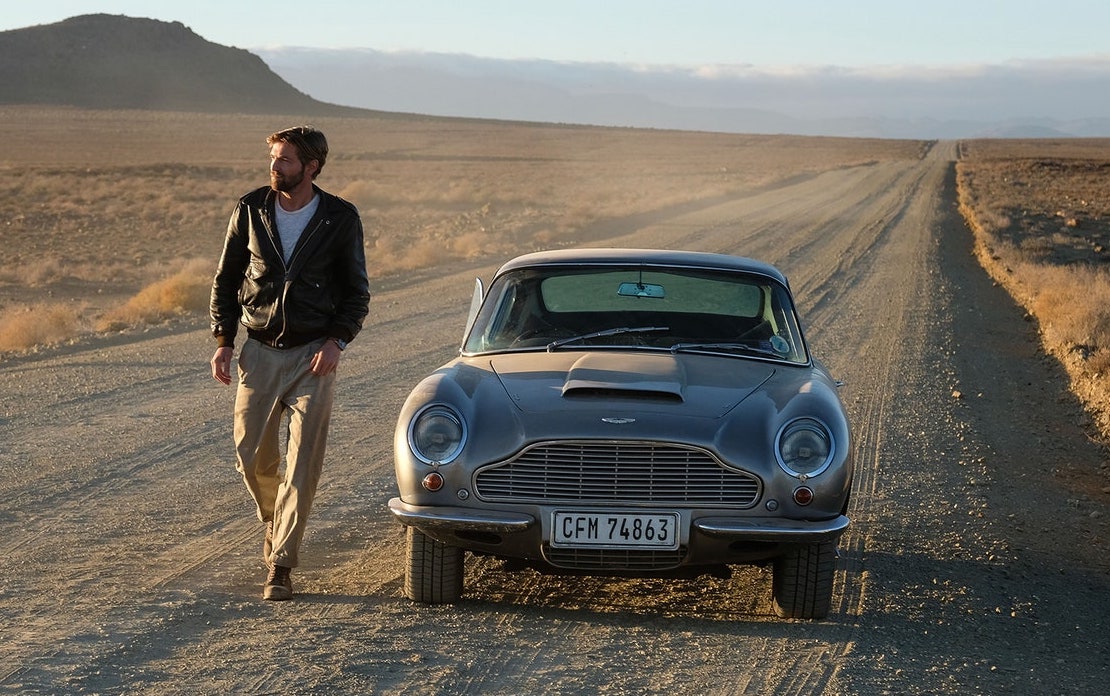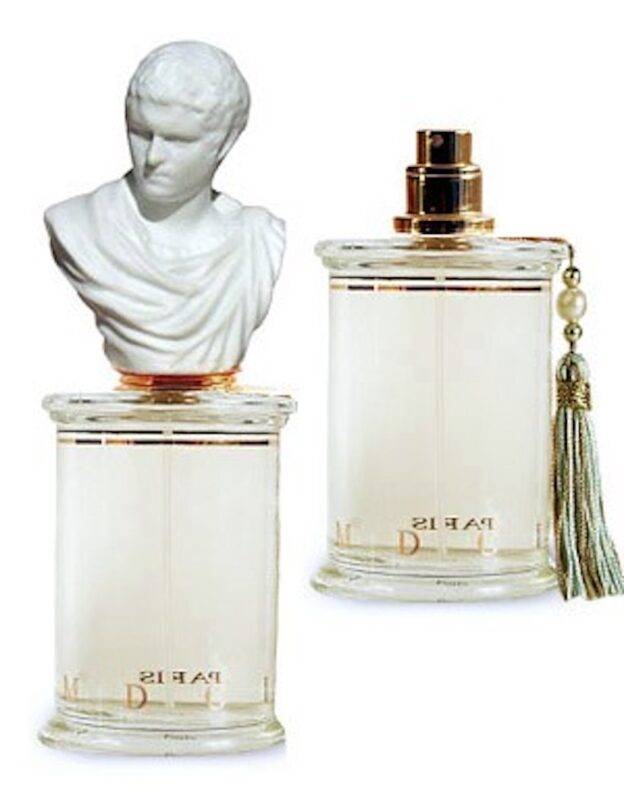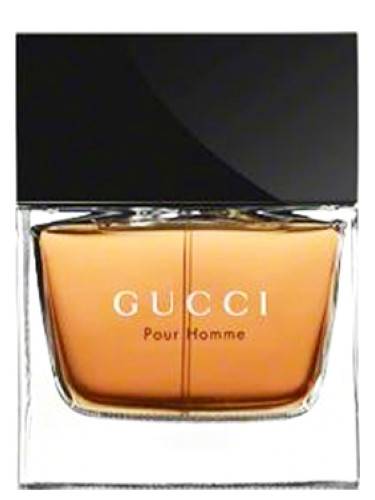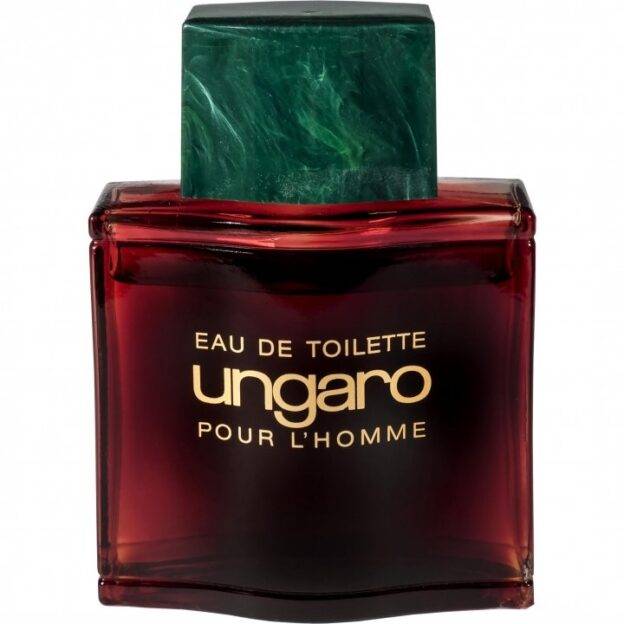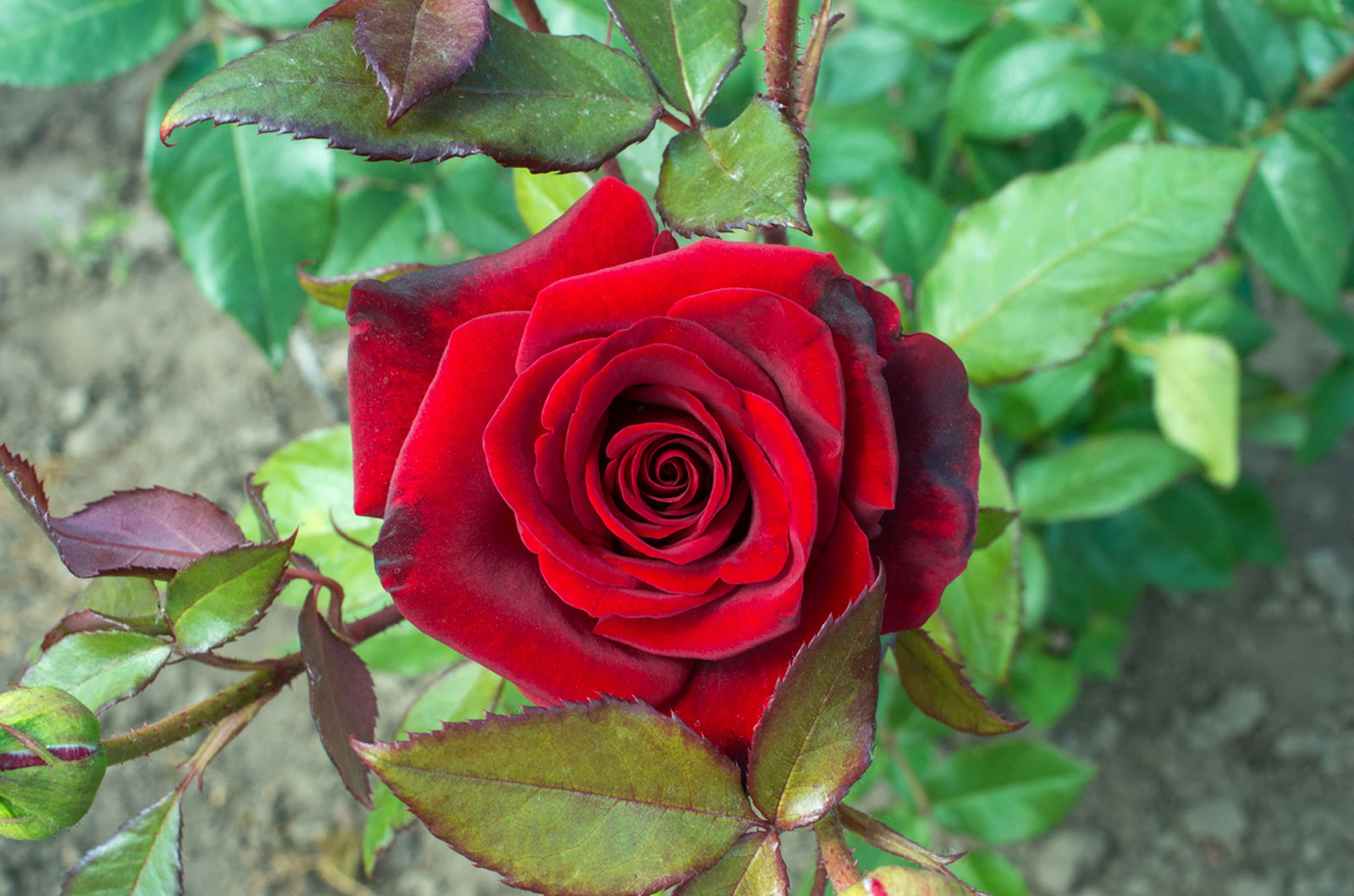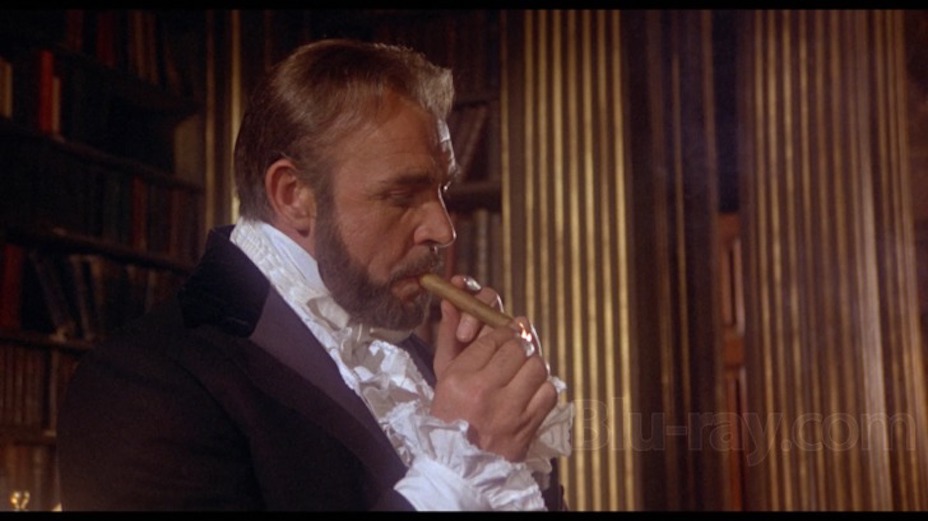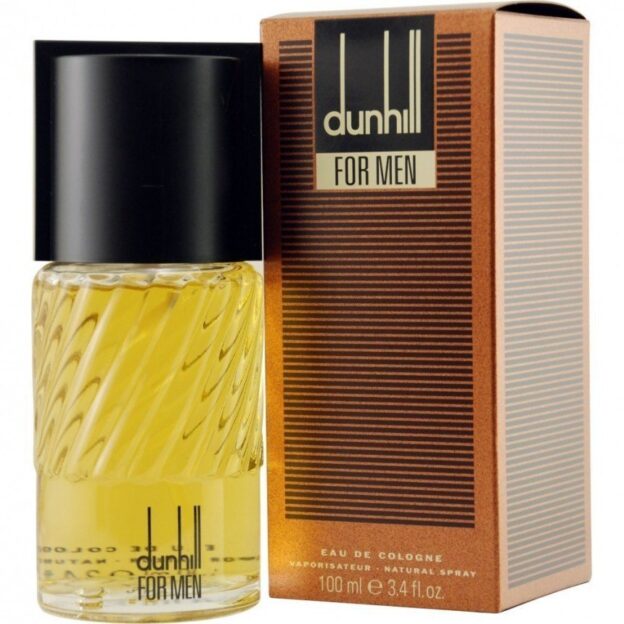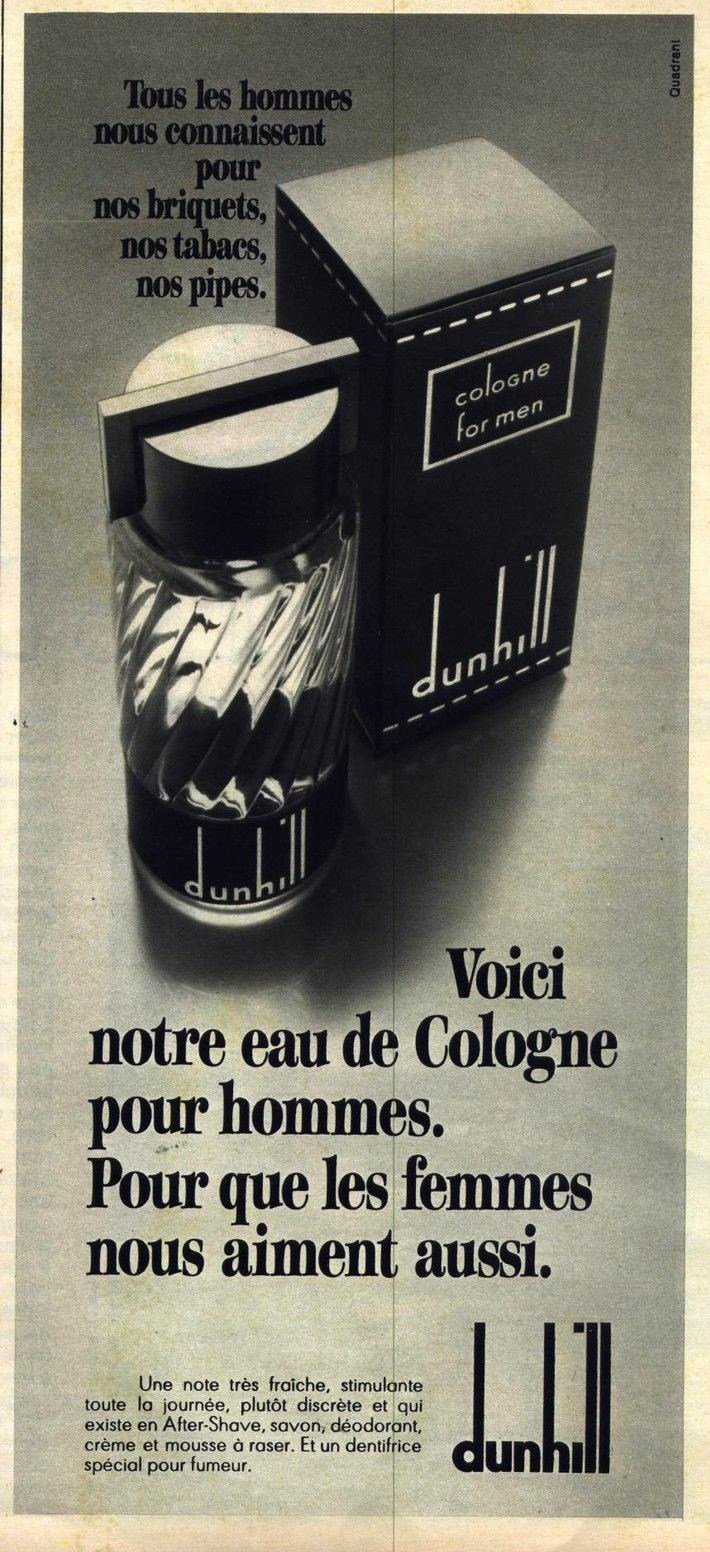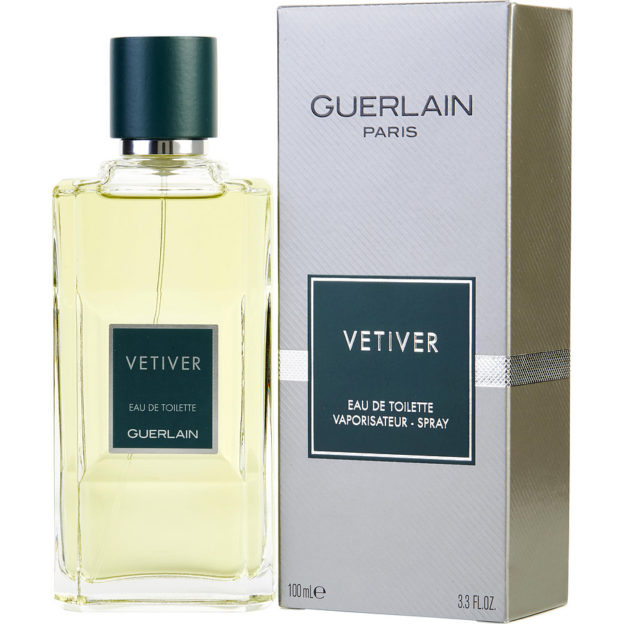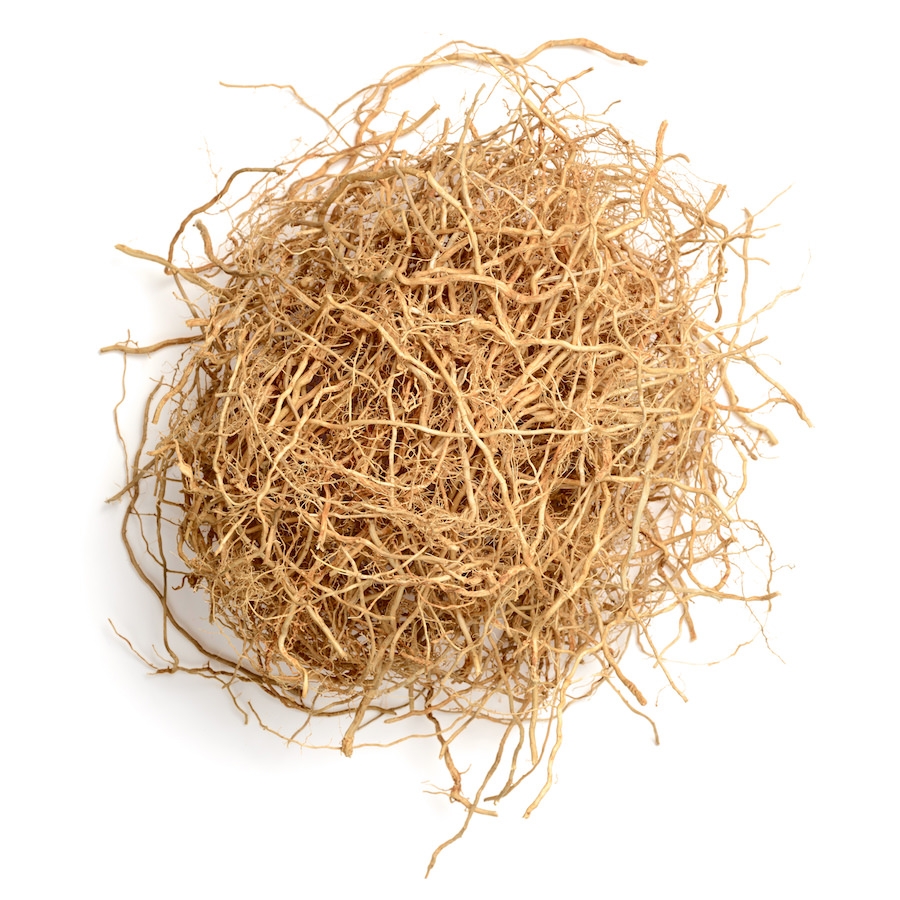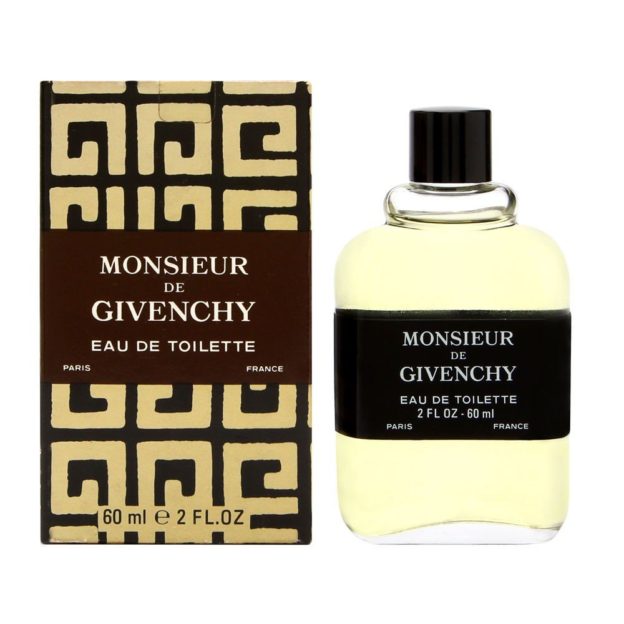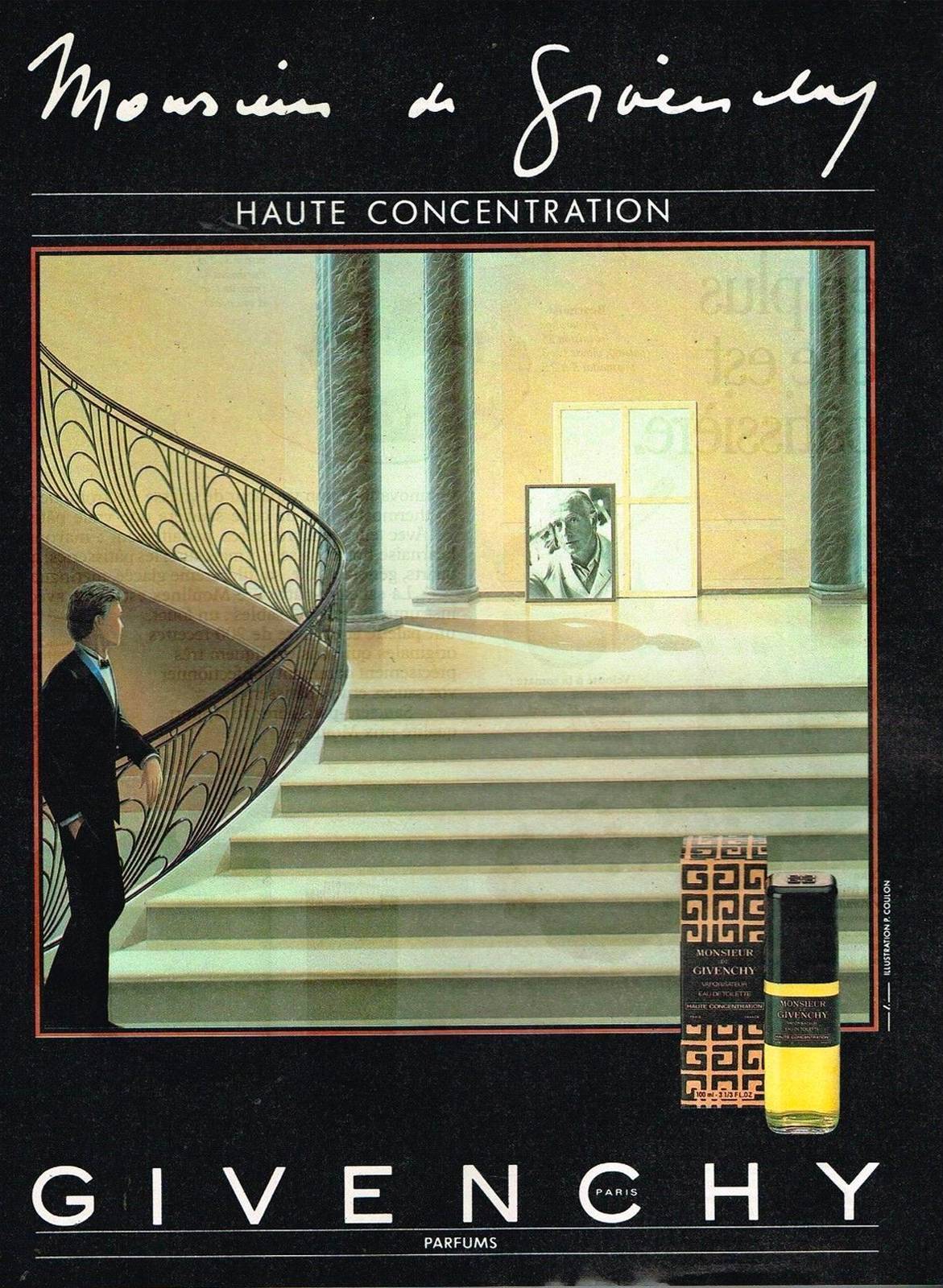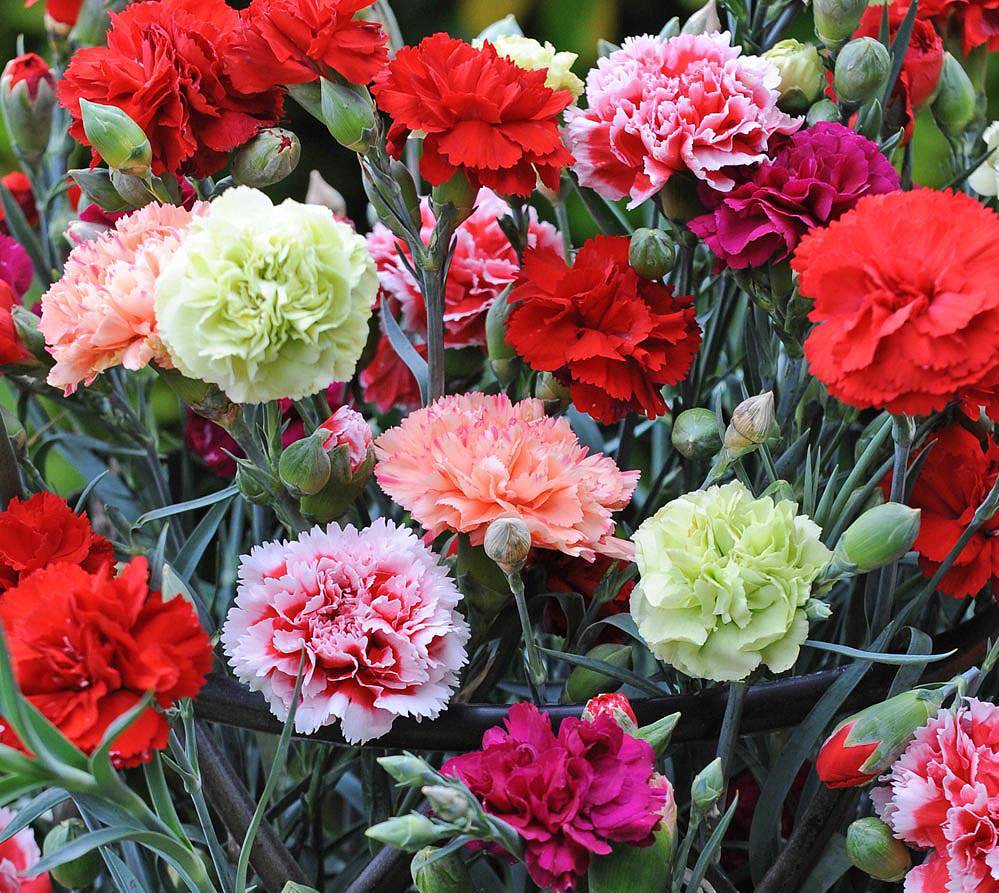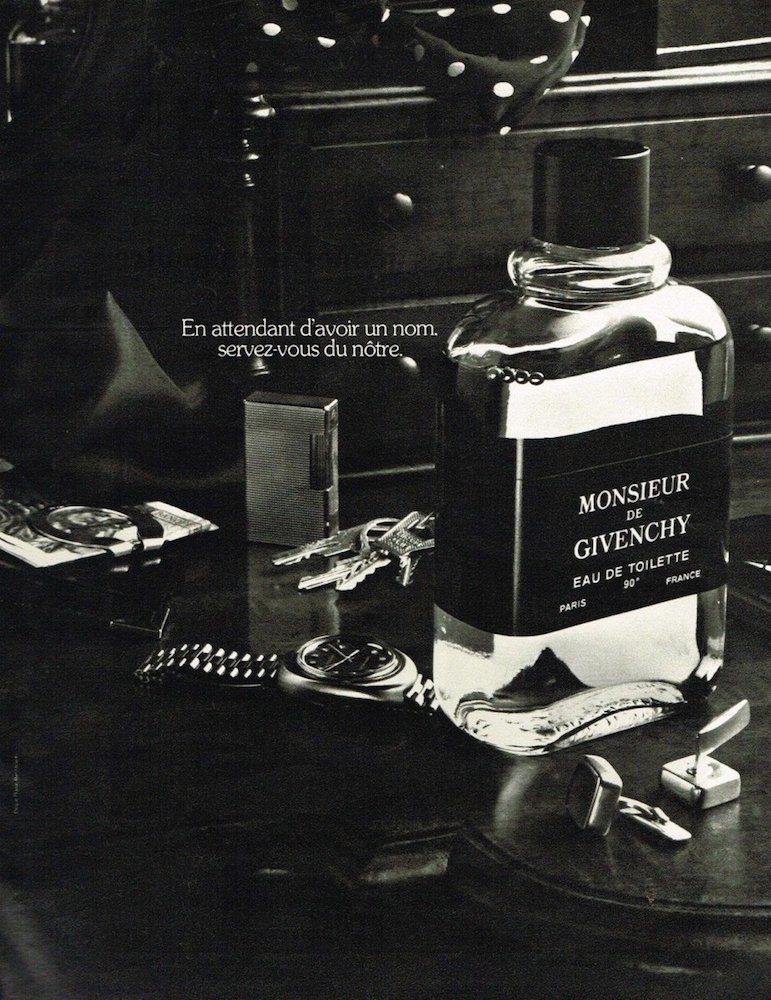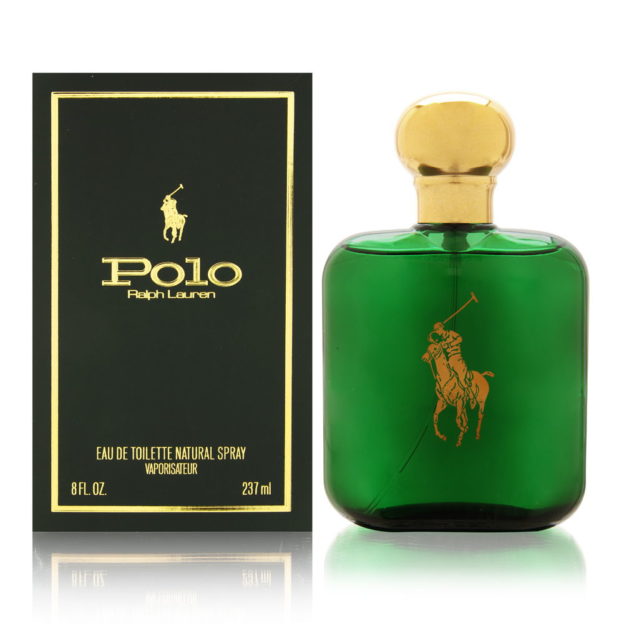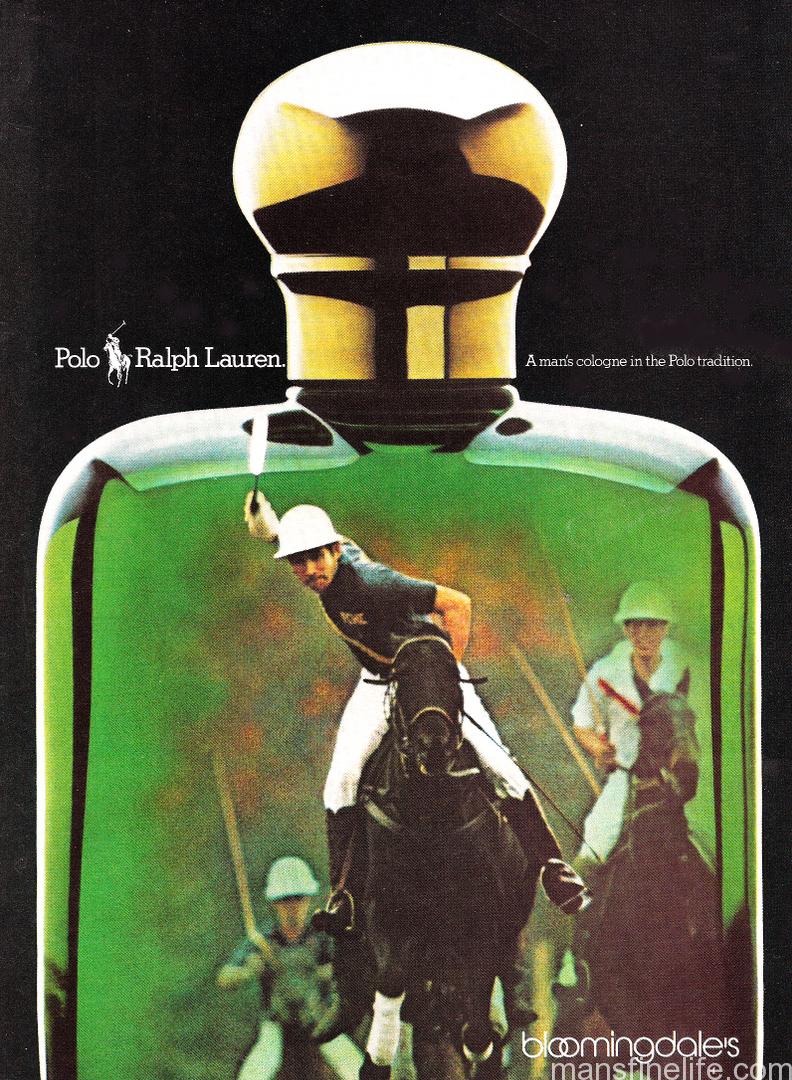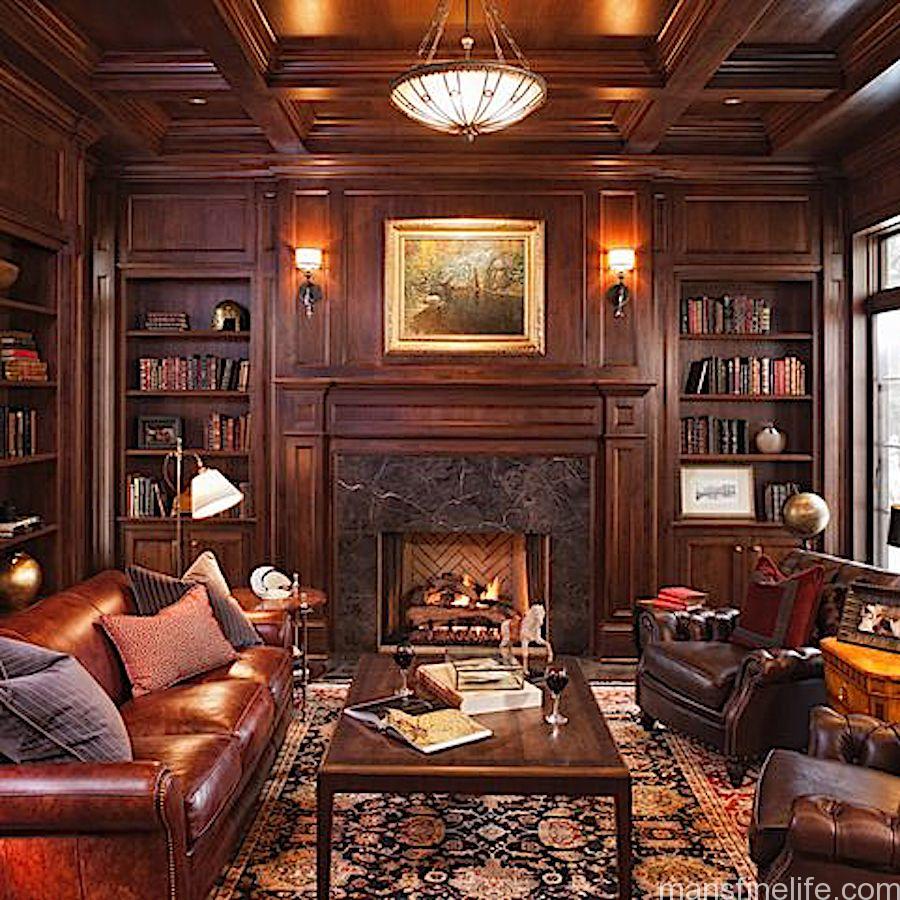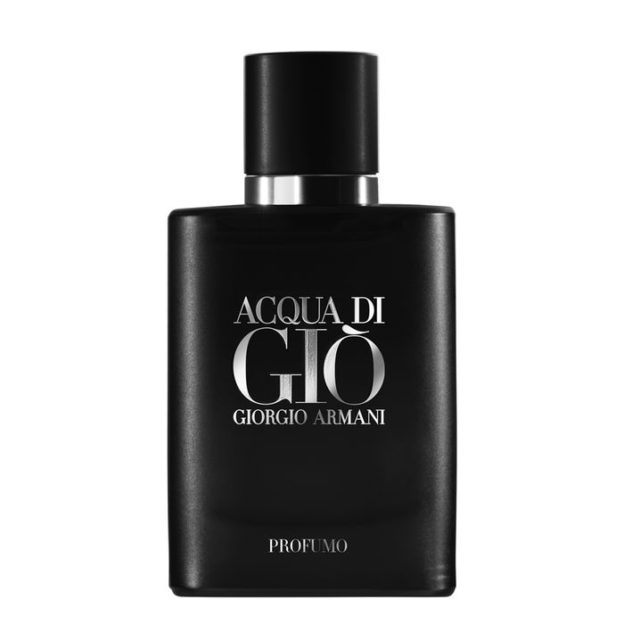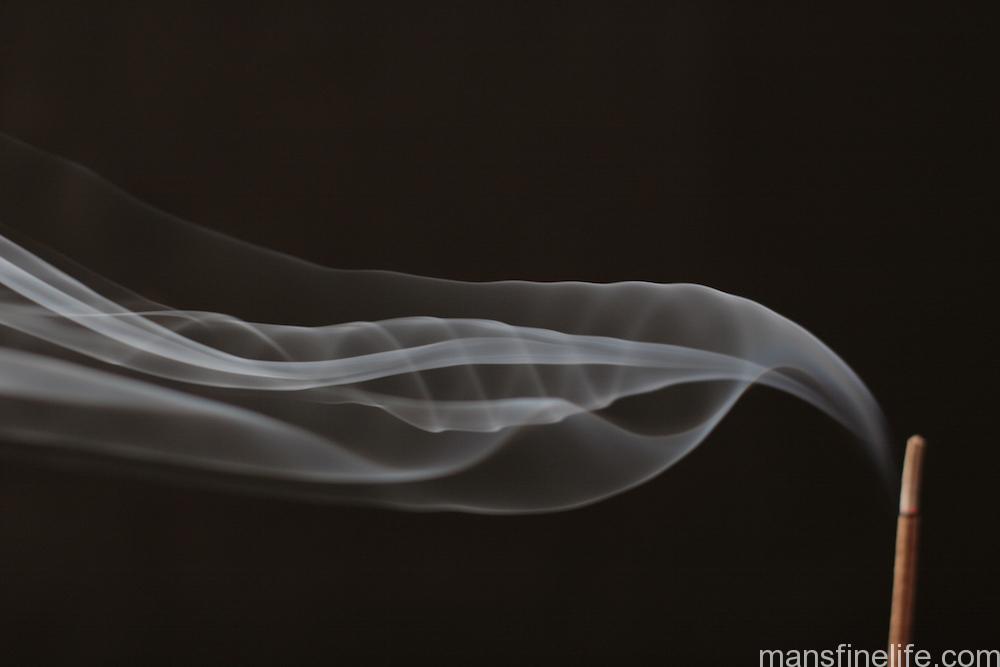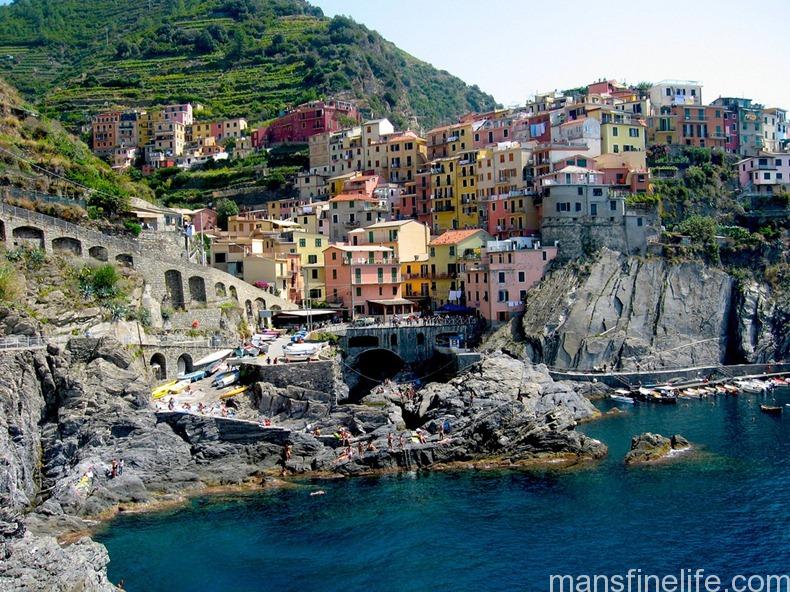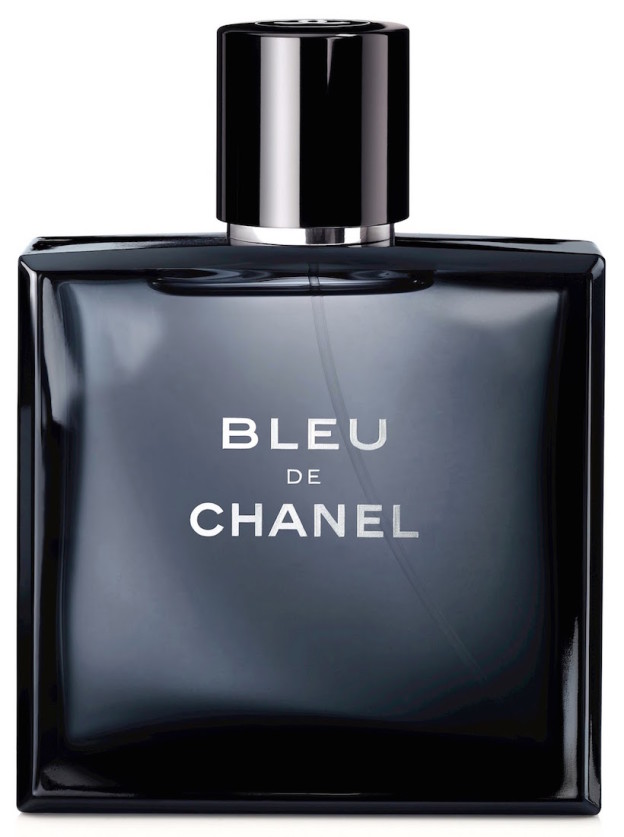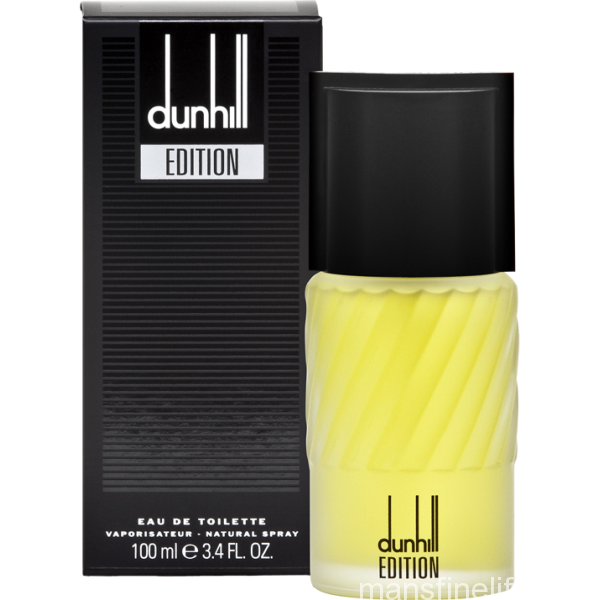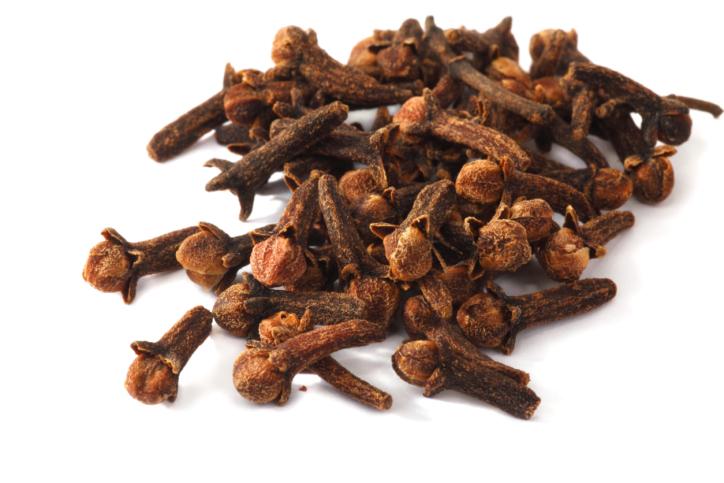First off, let’s discuss the elephant in the room when it comes to Montblanc’s Explorer, namely that it is widely considered one of the best “clones” of Creed’s genre-defining blockbuster, Aventus. That’s certainly part of the reason I bought it blind: because I wanted something more economical than Aventus. I enjoy that high-end fragrance but seeing as Aventus retails for somewhere north of four hundred bucks for 100 ml and Explorer can be had for around $100 (and often less than that via discounters like Fragrancenet.com) it seemed like a no brainer to give the Montblanc a tumble. But now having tried them both, applying the Aventus clone label to Explorer seems a bit damning with faint praise in a snobby kind of way. Yes, there are certainly similarities between Explorer (created 2019) and Aventus (2010). But there are enough differences for me to say that Explorer is not so much of a clone per se but rather a designer offering that utilizes the same modern and somewhat minimalist style that has essentially redefined masculine perfumery the way the inexpensive Davidoff Cool Water and the pricey Creed Green Irish Tweed did for the “aromatic aquatic”/”fresh fougere” in the late 1980s (although those two really do smell virtually identical).
Instead of the rather heady and photorealistic sweet pineapple top notes of Creed’s Aventus, Explorer opens with a more astringent but still slightly sweet bergamot note which is much more fleeting than the lush tropical fruit of the Creed. It is paired with that ubiquitous pink peppercorn note now found in virtually all flagship masculines like Bleu de Chanel and Dunhill’s Icon, putting Explorer firmly in the same easy to reach for, easy to wear category as those two modern classics. They say there’s clary sage at the top, as well, but I don’t really get a lot of that and Explorer will never be mistaken for classic sage-heavy ballbusters like Antaeus and Maxim’s Pour Homme. Rather, Explorer is always a very polite and office friendly offering. Some have even claimed that it’s a more versatile cologne than Aventus, since it lacks the smoky birch tar/incense note that certain batches of that endlessly fetishized juice seem to emphasize more than others (trust me, you don’t want or need to go down that rabbit hole of Aventus batch micro-analysis — that’s its own weirdly obsessive demimonde). Instead Montblanc and the trio of perfumers who apparently worked by committee to develop this Eau de Parfum opt for a very pleasing vetiver in the heart to pair with the rather seductively salty ambroxan/Ambrofix/ambergris note that also makes Aventus such a joy to wear and such a consistent compliment getter. In some ways, I actually prefer the vetiver-ambergris pas de deux in Explorer, as it comes across like a real exotic beach experience with both the smell of the ocean and the fizz of Haitian vetiver — the coming together of the sea and the land — complimenting each other marvelously. So kudos to the creative team at Montblanc for pairing these two classic notes and blending them so well.
Where Explorer is decidedly inferior to Aventus is in terms of performance. While it gets knocked a lot for smelling “synthetic,” this is a facile criticism to make because Explorer proudly touts the use of artificial scent molecules like Ambrofix and Akigalwood. In fact, Explorer smells just as “natural” as the Creed icon and is never screechy or loud in the vein of another ambroxan-laden poster boy, Dior’s polarizing Sauvage. But frankly Explorer could use a bit more of Sauvage’s swagger because, while it is altogether classier and easier to wear, this “eau de parfum” concentration struggles to perform like even a decent eau de toilette. It could be the way it wears on my skin or perhaps I become anosmic to its scent molecules but I get only about four hours of noticeable wear time and the latter half of that is pretty much entirely as a skin scent. The promised patchouli-Akigalwood base sadly never really materializes, at least from the brand new bottle I have, making this purported “woody aromatic” actually fit the mode of an aquatic aromatic instead with a slightly soapy a very faint finish. I don’t think it is peculiar to me, though, as I can’t really smell it in on my clothes the following day when my nose has been refreshed, a test nearly all colognes that I’ve owned usually pass with flying colors.
Don’t get me wrong, I really like Explorer. I think it’s not so clone-like that if you already have Aventus you would never need or want the Montblanc, especially if you’re particularly fond of this modern style of men’s scent but don’t feel like burning through the high end Creed quite so rapidly. But Aventus thrashes Explorer in terms of longevity and sillage, as do such other modern pillars of perfumery like the aforementioned Bleu de Chanel and Terre d’ Hermès. And while the price is easy enough to afford a backup bottle since you’re going to need to reapply a couple times of day if you want it to stick around, that’s still disappointing. For something that should be an ideal work or casual scent, good in all weather except the very coldest and a definite compliment getter, the poor performance really lets this juice down in the end. I keep waiting for the aeration of the recently acquired bottle — which is a really beautiful flaçon, by the way — to bring a little more punch and power to Explorer, much as time seems to benefit Aventus’s complexity and performance. But I have my doubts. Maybe you’ll have better luck, though, and on just pure wearability and enjoyment of the overall fragrance I still have to highly recommend Explorer to any guy out there looking for a can’t miss crowd pleaser at a fair price. The brief top and heart is so pleasing and frankly addictive you’ll probably forgive Explorer’s rather anticlimactic disappearing act.


